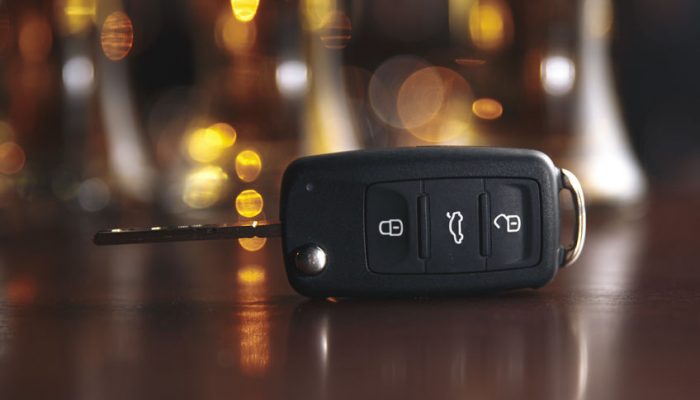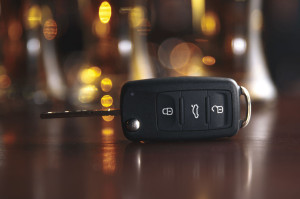(Image Source: Los Angeles Times)
A jail sentence means jail, right? Not necessarily. There are alternatives to having to spend time behind bars, which vary from court to court. At 1-800-NoCuffs, we know all the options in your area.
Electronic Monitoring
Also known as “house arrest” or “home detention,” electronic monitoring can be done with or without an alcohol monitoring device on your ankle. Sleeping in your own bed is certainly better than a sleepless night in jail.
Community Service
Performing community service for a non-profit organization is a great alternative to jail. Because it’s not hard physical labor, it can still be done if you have injuries or other limitations.
Caltrans or Graffiti Removal
This is more physically demanding work, like picking up trash by the freeway or painting over graffiti. Tough work? Sure. Going home afterward, taking a hot shower, and sleeping in your own bed with no unwanted roommates? Priceless.
Work Furlough
This allows you to go to work during the day but requires that you return to a dormitory each night. Work furlough is offered in only a few counties and can help save your job.
Rehabilitation/Sober Living Environments
For some, a DUI is just bad luck. For others, it’s a chance to change their life. Whatever it means for you we are here to support you. If you are struggling with addition, residential treatment is a solution that can also offset days in a jail sentence.
Private Jail
These “pay to stay” facilities are sometimes found in local police departments. Some facilities even allow you to bring in books and magazines and permit you to leave to go to work during the day.
Contact us
At 1-800-NoCuffs we know all of the options in your court. Our skilled DUI defense attorneys have been successfully defending people facing DUI charges for over 20 years. To learn more, call us now at 1-800-NoCuffs for a free consultation.






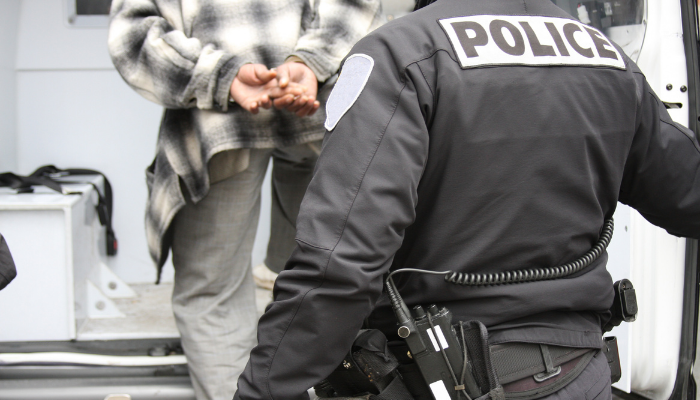

 While it may seem like a minor offense to some, in California driving with a suspended or revoked license can lead to some hefty fines and even jail time. This particular part of the state’s vehicle code even has a classification of its own: wobbler.
While it may seem like a minor offense to some, in California driving with a suspended or revoked license can lead to some hefty fines and even jail time. This particular part of the state’s vehicle code even has a classification of its own: wobbler.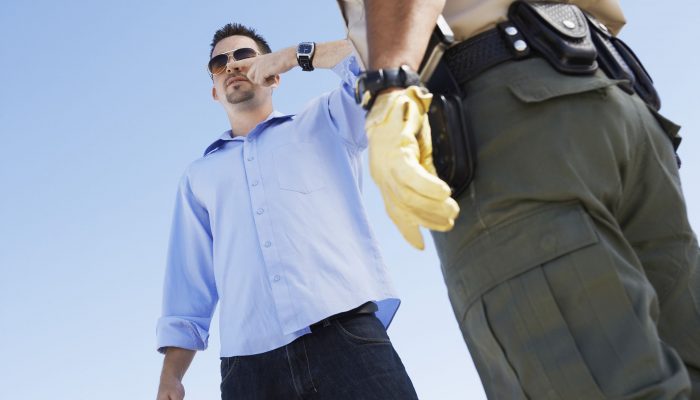
 One of the biggest fallacies we hear from clients regarding cannabis-related DUI charges (driving under the influence) is the notion that a failed field sobriety test is a valid indicator of intoxication. The truth is, science can’t prove that such assessments are valid nor that the results are reliable. In fact, studies have shown that there’s such a mixed bag of results related to validity that researchers are at odds with it, meaning the threshold of proof cannot generally be met through these means alone. Can it get you arrested? Yes. Does it mean you will be convicted? No.
One of the biggest fallacies we hear from clients regarding cannabis-related DUI charges (driving under the influence) is the notion that a failed field sobriety test is a valid indicator of intoxication. The truth is, science can’t prove that such assessments are valid nor that the results are reliable. In fact, studies have shown that there’s such a mixed bag of results related to validity that researchers are at odds with it, meaning the threshold of proof cannot generally be met through these means alone. Can it get you arrested? Yes. Does it mean you will be convicted? No.
 We know what your mind is likely going through when you see those flashing red-and-blue lights in your rearview mirror. It’s the same thing that likely goes through many people’s minds in that situation: what did I do to get pulled over?
We know what your mind is likely going through when you see those flashing red-and-blue lights in your rearview mirror. It’s the same thing that likely goes through many people’s minds in that situation: what did I do to get pulled over?
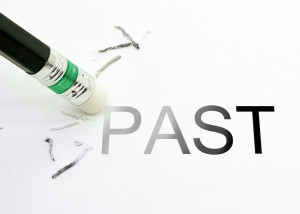 Imagine this scenario—as a teenager, you were in the wrong place at the wrong time and ended up in trouble with the law related to possession of alcohol as a minor. You took the steps to have your records sealed and moved on with your life, assuming that no one would ever be privy to that information.
Imagine this scenario—as a teenager, you were in the wrong place at the wrong time and ended up in trouble with the law related to possession of alcohol as a minor. You took the steps to have your records sealed and moved on with your life, assuming that no one would ever be privy to that information.